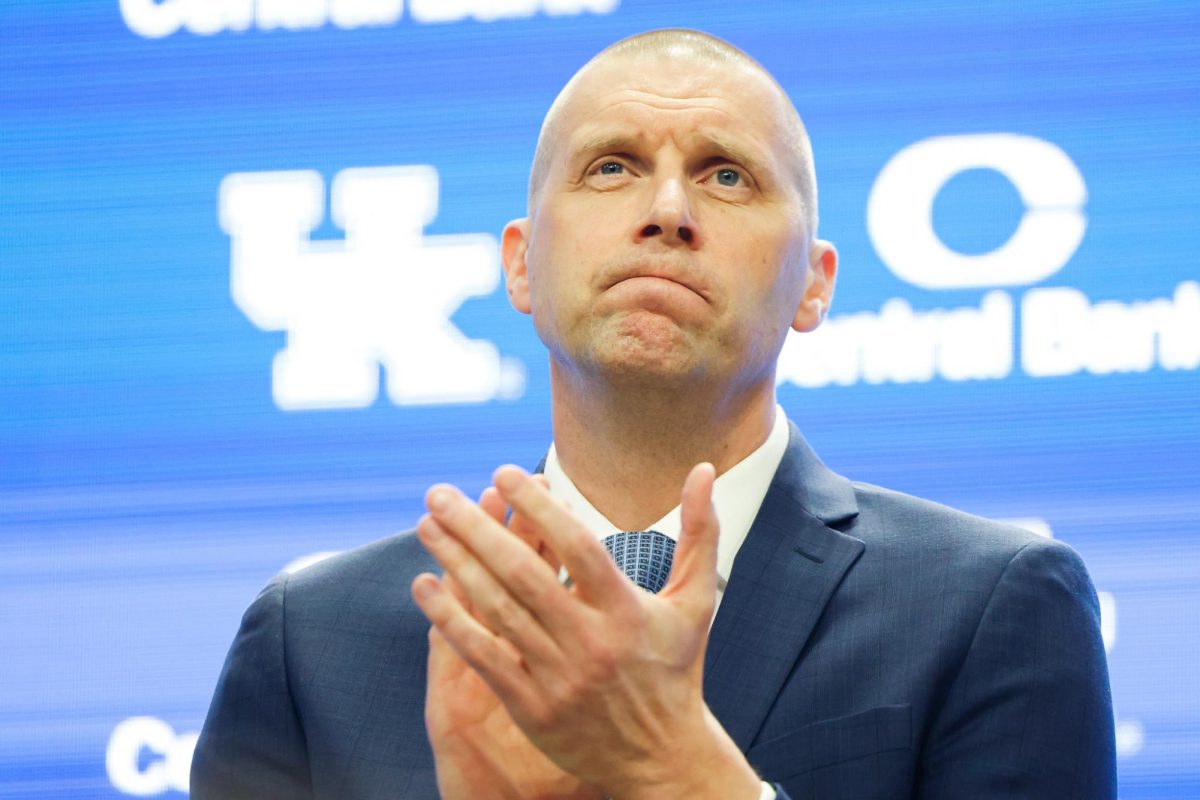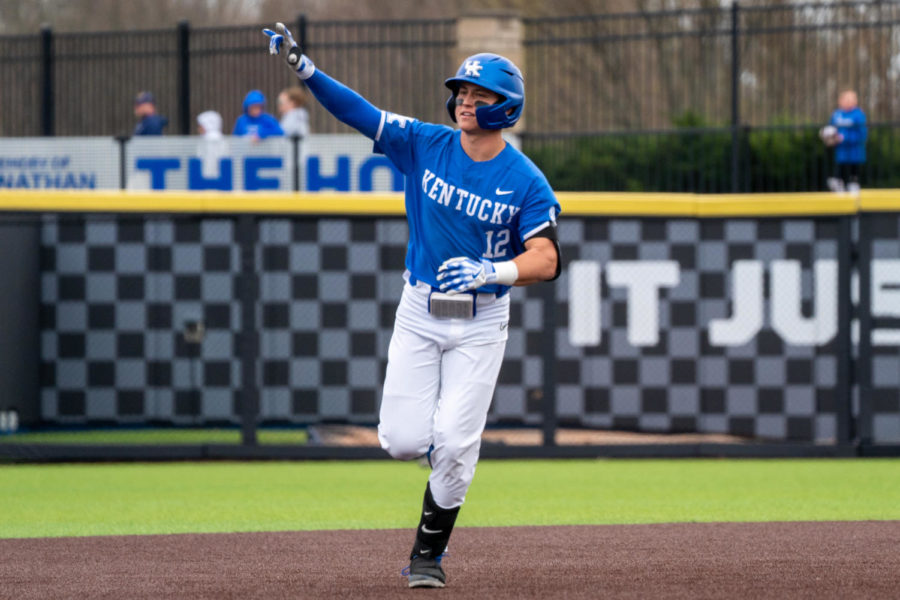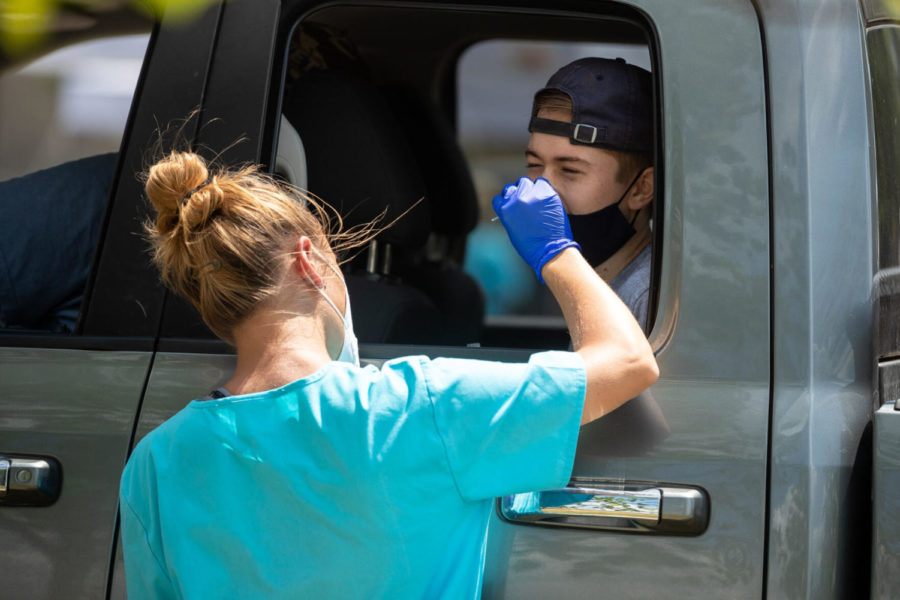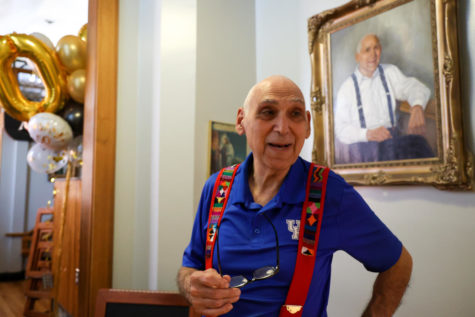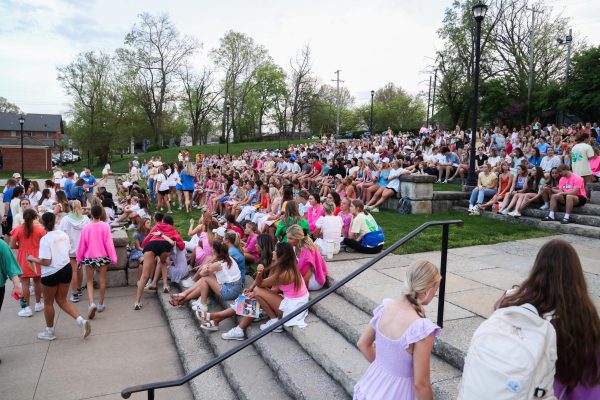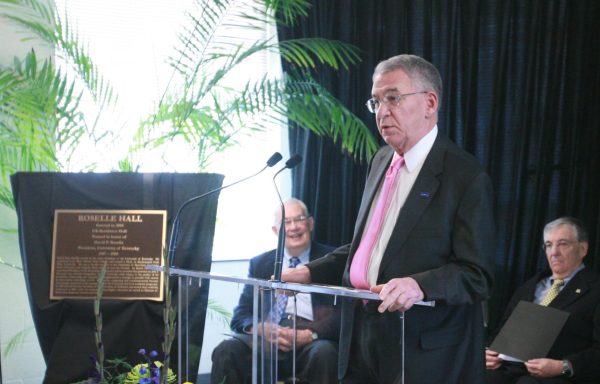By the numbers: How UK compares to shutdown schools
August 26, 2020
The University of North Carolina-Chapel Hill moved to remote learning after just one week of classes, citing clusters in dorms and a growing positivity rate as causes for the shutdown.
A day later, the University of Notre Dame suspended in-person instruction for at least two weeks after 147 students tested positive for COVID-19.
UNC and Notre Dame were two of the first major universities to attempt reopening and then pull the plug; some, like Michigan State University, decided last week to switch to remote learning ahead of their semester’s planned start date.
Seeing other, similarly-sized universities pivot to remote learning after outbreaks has led many students to wonder: could the same thing happen at UK?
In an interview with the Kernel, President Eli Capilouto said that while he can’t speak to the specifics of the other schools’ shutdowns, he is encouraged by UK’s response.
“I will say that I’m encouraged by what we implemented, our mandatory testing, staying at around that one percent positive rate. I’m encouraged by our isolation of people who tested positive. I’m encouraged that in our contact tracing we’ve worked to make aggressive,” Capilouto said.
According to the Lexington-Fayette County Health Department, 507 UK students have tested positive for COVID-19 as of Aug. 25.
UK’s COVID-19 reporting site, from which the positivity rate is calculated, runs on a three-day lag. As of Aug. 22, the site reported 249 positive results for students, with a positivity rate of 1.1 percent.
Faculty positives are being reported separately; according to an announcement from UK public relations, 600 faculty have been tested and fewer than five tested positive for COVID-19, a positivity rate of less than one percent.
Capilouto said there is not one specific number of cases or one specific positivity rate that would lead UK to shut down because that decision relies on a variety of factors.
“We’re trying to protect our entire population, especially those who are vulnerable. So then you work back and all the things you mentioned, you know, positivity rate, seven day trends, hospitalizations, our surrounding community, our ability to contact trace, you know, what kind of capacity. And we’ve got to always keep that as a robust enterprise,” Capilouto said. “All of those things would come together.”
UNC shut down after the positivity rate on campus rose from 2.8 percent to 13.6 percent in one week, according to a message from Chancellor Kevin M. Guskiewicz and Executive Vice Chancellor and Provost Robert A. Blouin.
According to UNC’s COVID-19 dashboard, 635 students have tested positive since the first day of classes on Aug. 10. The university has reported at least seven “clusters”, or five or more cases in a specific locale, in student residence halls. According to the Daily Tarheel, 51 percent of the remaining residents of Granville Towers, a housing complex near UNC’s campus, have tested positive for COVID-19.
Classes began at UK on Aug. 17, at which point testing had been occurring for two weeks. Based on the numbers posted by the Lexington-Fayette County Health Department, the number of positive cases among UK students has risen by 276 since classes started, from 231 on Aug. 17 to 507 on Aug. 25.
UK is not currently reporting data on clusters in specific locations or groups, though it is retesting members of fraternities and sororities because the baseline data shows they have a positivity rate of three percent, compared to one percent for the student body.
As a flagship public university with a student population of just over 30,000, UNC provides a similar demographic to UK’s campus.
But unlike UK, UNC did not test students upon their arrival on campus. According to UNC’s Testing and Tracing webpage, “testing every member of our community could create a false sense of security.”
Similar to UK, UNC published a “roadmap” for reopening that had a required masking policy, physical distancing, a shortened academic calendar, multi-modal instruction, and a care kit for students.
UNC did not implement a required daily wellness screening, though it was suggested. UNC also made violations of the social distancing policies subject to disciplinary action, similar to UK’s enforcement of the Student Code of Conduct.
Since announcing a move to remote learning, UNC has also taken steps to de-densify campus by having students move out of dorms and canceling classes for two days to provide time for move-out.
According to UNC’s COVID-19 dashboard, 78 students are in isolation or quarantine on campus.
At UK, 49 students are in isolation on campus because of a COVID-19 positive and fewer than five faculty have tested positive, according to an Aug. 21 announcement from the university.
Notre Dame did require testing for all enrolled undergraduate and graduate students, which yielded 11,836 total tests and 33 positive cases for a positivity rate of .28 percent before classes.
According to Notre Dame’s COVID-19 dashboard, the positivity rate jumped to 17.9 percent after classes began.
Notre Dame is about half the size of UK with around 14,000 undergraduate students, graduate students and faculty.
According to a message from two of their vice presidents, Erin Hoffman Harding and Mike Seamon, Notre Dame announced their decision to go online for the next two weeks following an announcement that the growth in cases came mostly from off-campus undergraduate students and failure to comply with the school’s physical distancing and masking policies.
Notre Dame adopted a masking and physical distancing policy and installed hand sanitation stations at the entrance of all buildings. Failure to adhere to social distancing policies can result in disciplinary action, according to Notre Dame’s campus restart website.
Both UNC and Notre Dame ran contract tracing systems to follow up on positive cases.
The University of Alabama is the latest university to confront rising COVID-19 cases. According to NPR, UA reported 560 cases within the first week of classes, with 531 of the cases coming from its flagship campus.
UA has not announced a move to remote learning, instead working with the city of Tuscaloosa, where UA’s main campus is located, to temporarily close bars in an attempt to slow the virus.

















































